Conservation
All Conservation Content
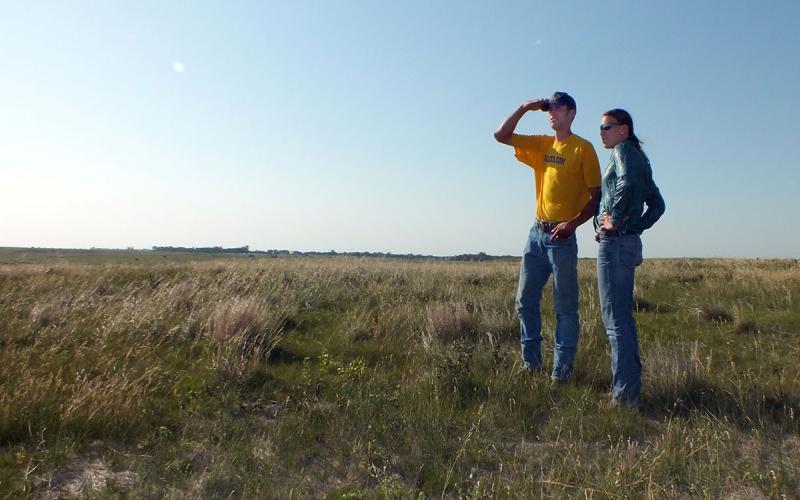
Natural Resources & Conservation
South Dakota is home to many unique land, water and wildlife resources. Our experts and partners offer research-based information through to help people enjoy, preserve and profit from these natural resources.
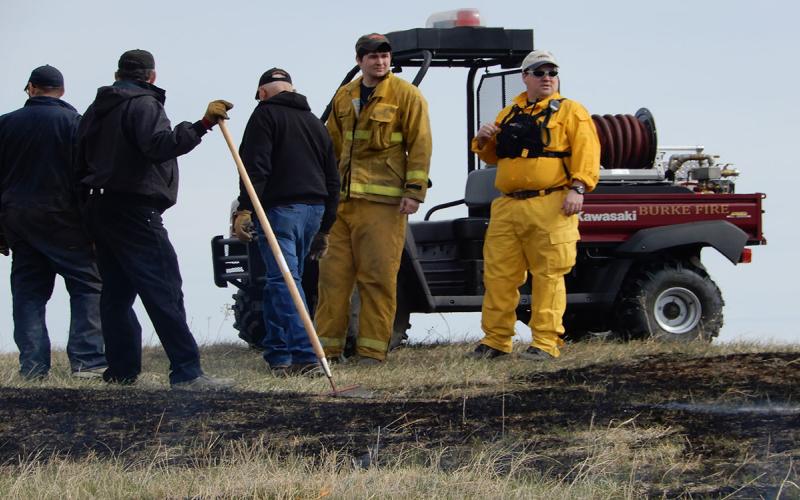
Cedar Trees, Conservation Programs, and the Role of Private Burn Associations in South Dakota
Sean Kelly, SDSU Extension Range Management Field Specialist, will present as part of the SDSU Natural Resource Management seminar series on February 13 at 10:00 a.m.
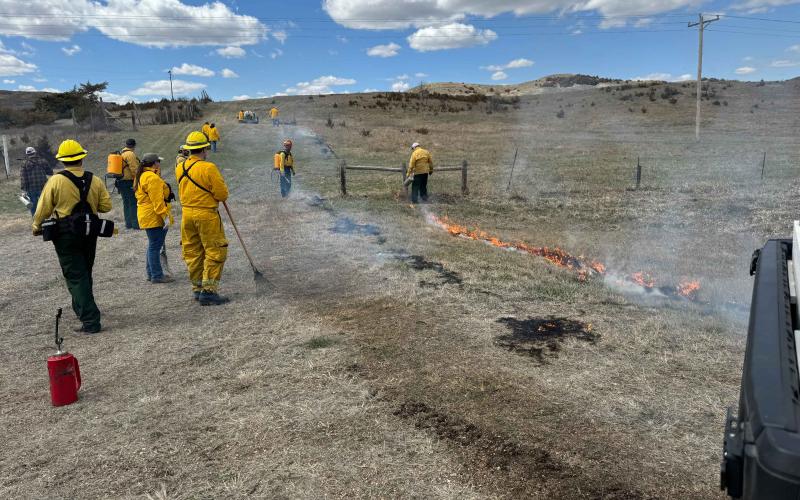
Cedar Trees, Conservation Programs, and the Role of Private Burn Associations in South Dakota
Pete Bauman, SDSU Extension Natural Resources and Wildlife Field Specialist, will present as part of the SDSU Natural Resource Management seminar series on February 6 at 10:00 a.m.

Crop Hour
SDSU Extension Crop Hour webinars provide valuable information for South Dakota crop producers to help them improve their profitability and prepare for the upcoming season.

Finding Technical and Financial Assistance for Fish Barrier Removal and Mitigation
Manmade barriers can limit the movement of many aquatic species and prevent them from gaining access to critical habitats. For public entities and private individuals interested in the removal or mitigation of those barriers, both technical and financial assistance is available.
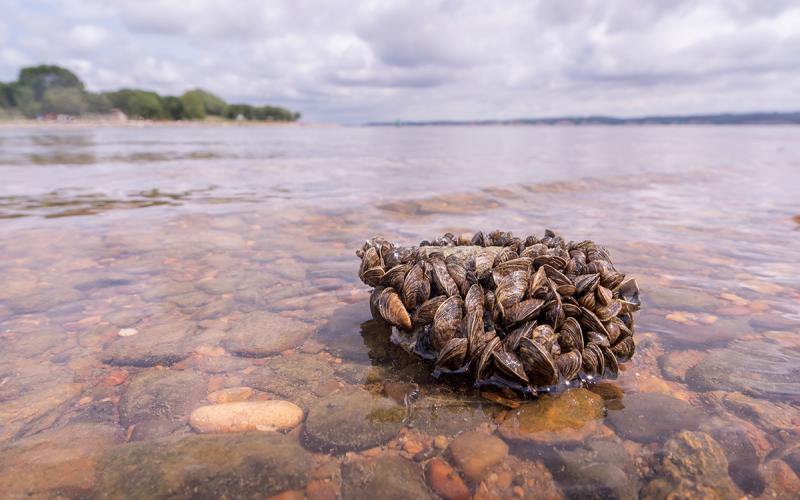
Has a New Pathway for Increased Mercury in Fish Been Found?
There is growing evidence that zebra mussels may be affecting the level of mercury in fish tissue by altering contaminant cycling in inland lakes. While the mechanism of this increase needs to be further studied, it likely means that fish consumption advisories will increase for those lakes invaded by zebra mussels.
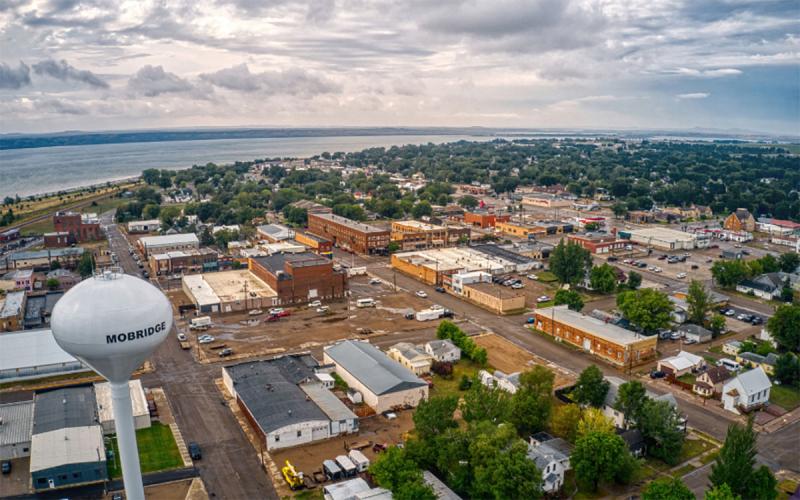
A Strategic Community-Based Survey of Water Resource Management in South Dakota
Understanding how residents value water is critical for effective resource management, and your insights can help us better understand community values and inform future strategies for sustainable water management across the state.
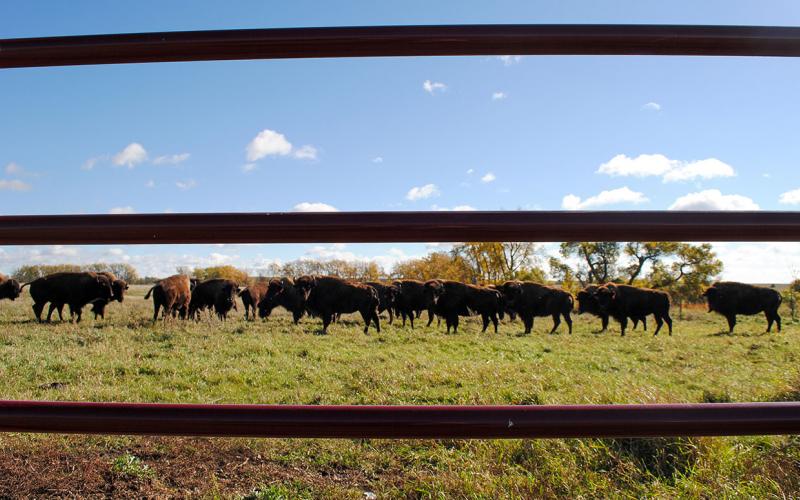
Getting Started With Bison Ranching
While bison ranching has some similarities with cattle ranching, there are significant differences that must be accounted for to ensure long-term sustainability and profitability.
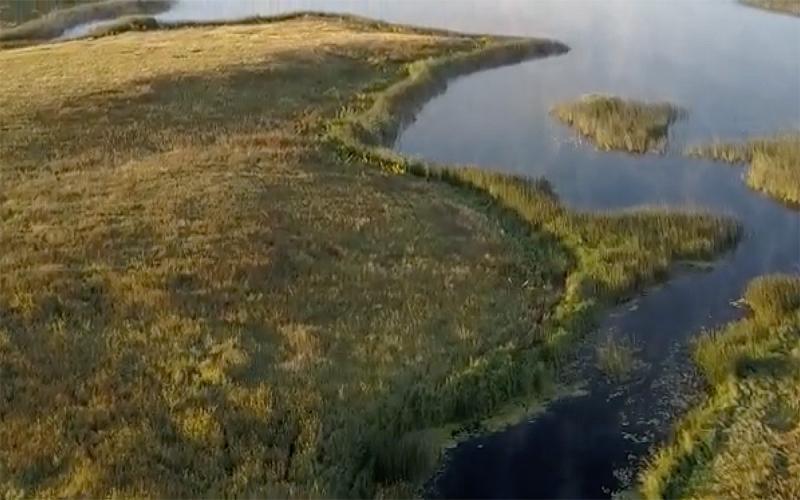
Prairie Pothole Wetlands: Small Basins, Big Impact
The benefits of prairie wetlands extend far beyond wildlife. These wetlands filter pollutants and excess nutrients from agricultural and urban runoff, trap sediment, recharge groundwater, and store floodwater.
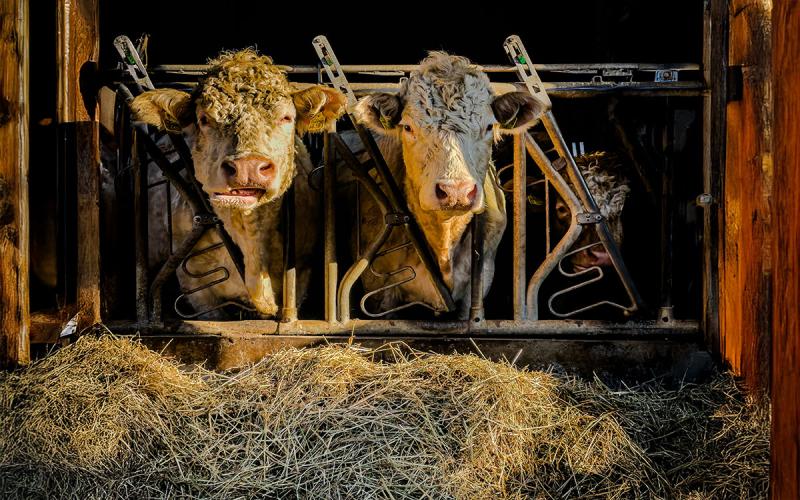
Feed Management for Efficient U.S. Livestock Systems: Introducing the National Animal Nutrition Program’s Feed Management Committee
The National Animal Nutrition Program’s Feed Management Committee brings together experts in animal science, nutrition, and natural resource management to increase awareness and use of livestock feeding management and to address conservation needs.